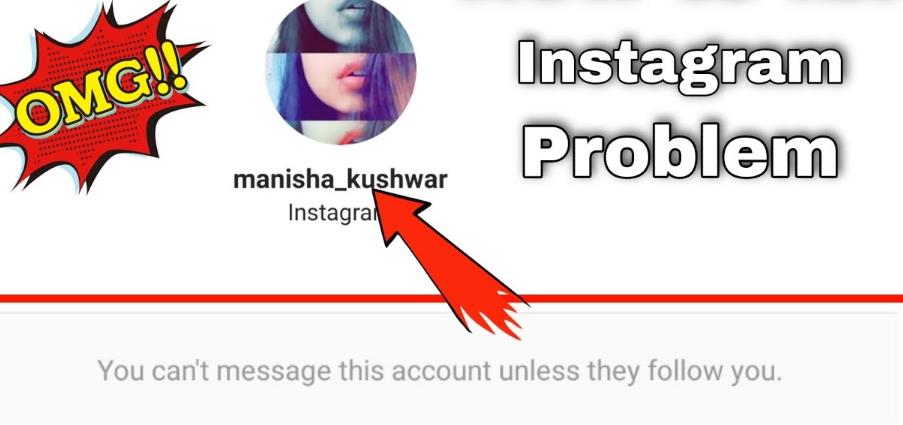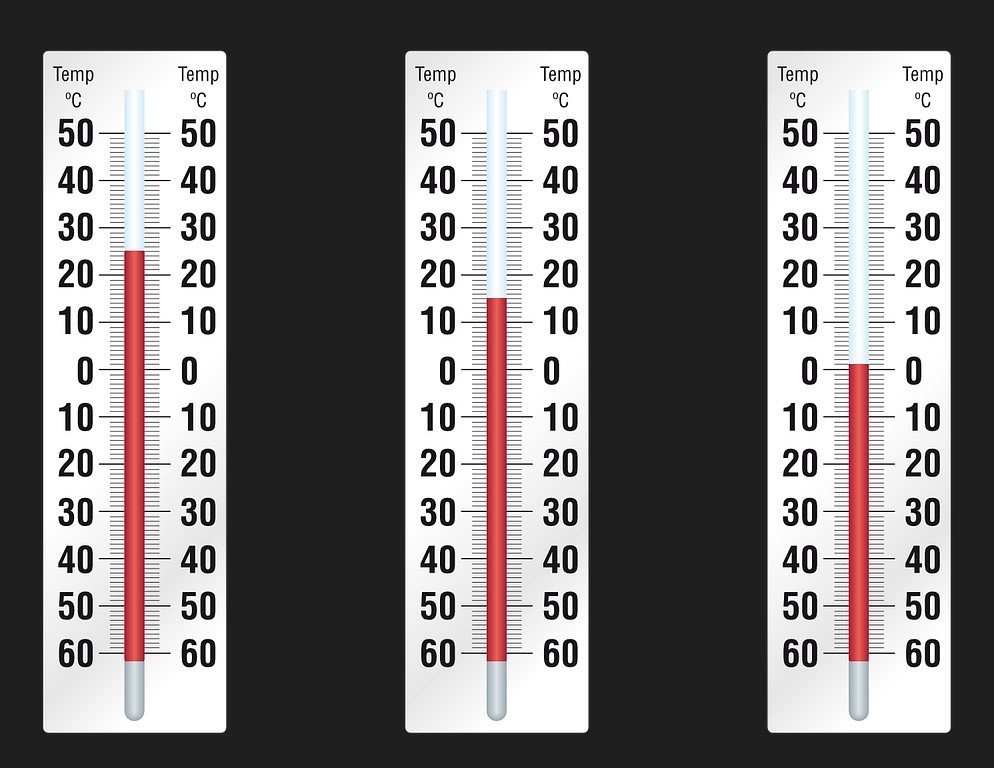In today’s world, social media has become an essential tool for communication and networking. As an experienced user, I understand how important it is to have smooth and secure interactions online. In this article, we will discuss the message “you can’t message this account unless they follow” and its implications on your social media experience.
Have you ever tried to send someone a direct message only to be stopped by a notification saying “you can’t message this account unless they follow”? This limitation can be frustrating, especially when you need to connect with someone for professional or personal reasons. The reason behind this restriction is to protect users’ privacy and prevent unwanted messages. By understanding the ins and outs of this feature, you can navigate social media platforms more effectively and build meaningful connections. Keep reading to learn more about this messaging limitation and how to overcome it.
What does “you can’t message this account unless they follow” mean?
“You can’t message this account unless they follow” is a privacy setting on social media platforms that restricts users from sending direct messages unless they are followed by the recipient. This feature helps users maintain control over their inbox and avoid receiving unsolicited messages from strangers. It serves as a barrier between the user and potential spammers or harassers, ensuring a safer and more comfortable online experience.
When a user chooses to enable this setting, they essentially limit their incoming messages to only those who they have chosen to follow. This can be particularly useful for public figures or individuals who want to keep their personal and professional lives separate. By restricting access to their inbox, users can filter out unwanted content and focus on the conversations that matter to them.
In recent years, social media platforms have taken steps to improve user privacy and security. Implementing features like “you can’t message this account unless they follow” is one such measure aimed at reducing unwanted interactions and harassment. According to a 2020 survey by Pew Research Center, 41% of US adults have experienced some form of online harassment, emphasizing the need for such protective measures on social media.
5 Reasons behind this messaging restriction
This messaging restriction has been implemented for various reasons that contribute to a safer and more private online experience. Understanding the rationale behind these restrictions can help users better appreciate their importance and navigate social media platforms more effectively.

You Can’t Message This Account Unless They Follow: A Quick Guide
-
Privacy protection: The primary reason for such restrictions is to protect users’ privacy by giving them control over who can send them direct messages. This helps to prevent unsolicited messages from unknown individuals.
-
Spam prevention: Restricting messaging access also helps in reducing spam, as spammers often target users with mass messages containing unwanted content, links, or promotional material.
-
Harassment reduction: Limiting direct messaging capabilities reduces the likelihood of users being subjected to online harassment or bullying, as potential harassers cannot easily access their targets’ inboxes.
-
Separation of personal and professional life: For public figures or individuals who want to keep their personal and professional lives separate, this restriction allows them to maintain a clear boundary between the two.
-
Improved user experience: By filtering out unwanted messages, users can focus on the conversations that matter most to them, ultimately improving their overall social media experience.
How to request a follow from someone to enable messaging
When you encounter the “you can’t message this account unless they follow” restriction on social media platforms, it may be necessary to request the user to follow you in order to enable direct messaging. This process will vary depending on the platform, but generally involves making your intentions clear and respectfully asking for their attention.
Step-by-step guide:
-
Like and engage with their content: Start by interacting with the user’s posts, liking, and commenting on their content. This will make them more likely to notice you and consider following you back.
-
Send a follow request: If the user has a private account, send them a follow request. This will notify them of your interest in connecting, and they might choose to follow you back.
-
Mention them in a post or comment: Tag the user in a relevant post or comment that showcases your shared interests or reasons for wanting to connect. This can help grab their attention and prompt them to follow you.
-
Connect through mutual friends: If you have friends in common, ask your mutual connections to introduce you or vouch for you, increasing the chances of the user following you back.
-
Be patient and respectful: Remember that users have the right to choose who they follow and interact with. Don’t spam them with requests or messages, and always respect their privacy.
By following these steps, you increase the likelihood of gaining a follow from the user in question, ultimately allowing you to send them a direct message. Keep in mind that building genuine connections takes time, so be patient and don’t rush the process.
Pros and cons of having restricted messaging settings
When considering whether to enable restricted messaging settings on social media platforms, it’s essential to weigh the pros and cons. The right choice will depend on your personal preferences and how you use social media.
Pros:
- Privacy protection: Restricted messaging settings give users more control over who can contact them, ensuring a higher level of privacy.
- Spam prevention: Limiting the ability for unknown users to send messages helps reduce the amount of spam and unwanted content in your inbox.
- Harassment reduction: By restricting messaging access, the risk of online harassment decreases because potential harassers cannot easily initiate contact.
Cons:
- Limited communication: With restricted messaging settings in place, users may miss out on opportunities to connect with others, especially in professional or networking contexts.
- Potential misunderstandings: Some users might interpret restricted messaging settings as a sign of unfriendliness or exclusivity, leading to misinterpretations of your intentions.
- Missed connections: There is a possibility of missing important messages from people you may not have specifically chosen to follow, but who may have valuable information or opportunities to share.
3 Alternative ways to communicate with users who don’t follow you
If you’re looking to connect with someone who doesn’t follow you on social media, and the messaging restriction is in place, there are several alternative methods for reaching out. These options can help you establish contact without violating their privacy settings.
-
Publicly comment on their posts: Engage with the user by leaving thoughtful comments on their public posts. This demonstrates your interest in their content and can initiate a conversation, potentially leading to a follow or direct messaging opportunity.
-
Tag them in relevant content: Share a post or create content that relates to the user’s interests or expertise, and tag them in it. Be sure to provide context and explain why you’re tagging them, so they understand your intentions and feel more inclined to respond or follow you back.
-
Utilize other platforms or contact methods: If possible, try reaching out to the user through an alternative platform where they might have less restrictive messaging settings, such as LinkedIn or email. Be respectful and professional when doing so, and explain your reason for reaching out to increase the likelihood of a response.
By exploring these alternative communication methods, you can still establish connections with users who don’t follow you while respecting their chosen privacy settings.
To Wrap Up
In conclusion, the “you can’t message this account unless they follow” restriction is a privacy feature designed to protect users from unwanted messages and maintain control over their inbox. While it may initially seem like a hindrance, understanding the reasons behind this feature and learning alternative ways to communicate can help you navigate social media platforms more effectively and build meaningful connections.
As you continue to use social media, remember to be respectful of others’ privacy settings and consider the pros and cons of enabling similar restrictions on your own accounts. By doing so, you contribute to creating a safer and more enjoyable online environment for everyone.
Frequently Asked Questions
[faq-schema id=”941″]
















